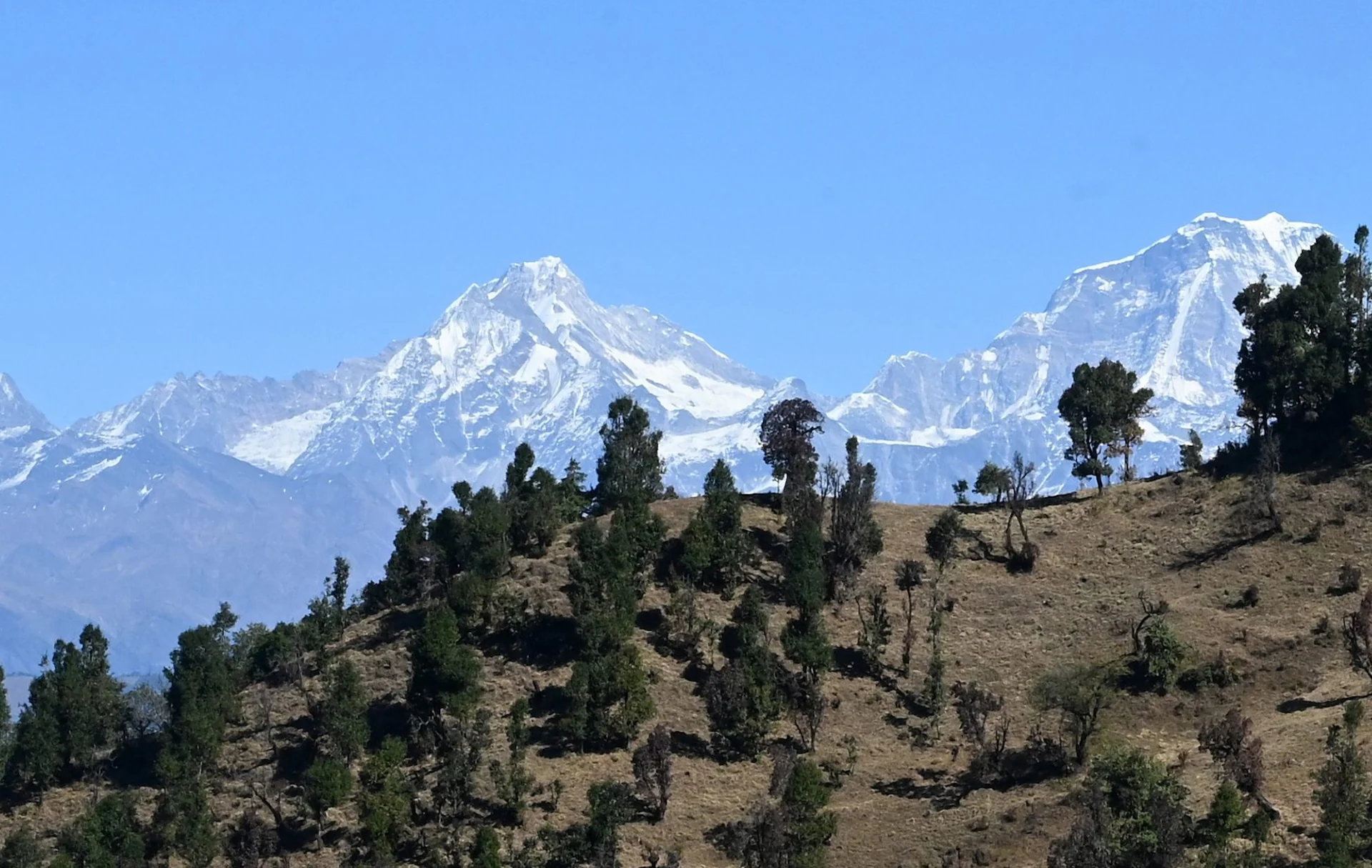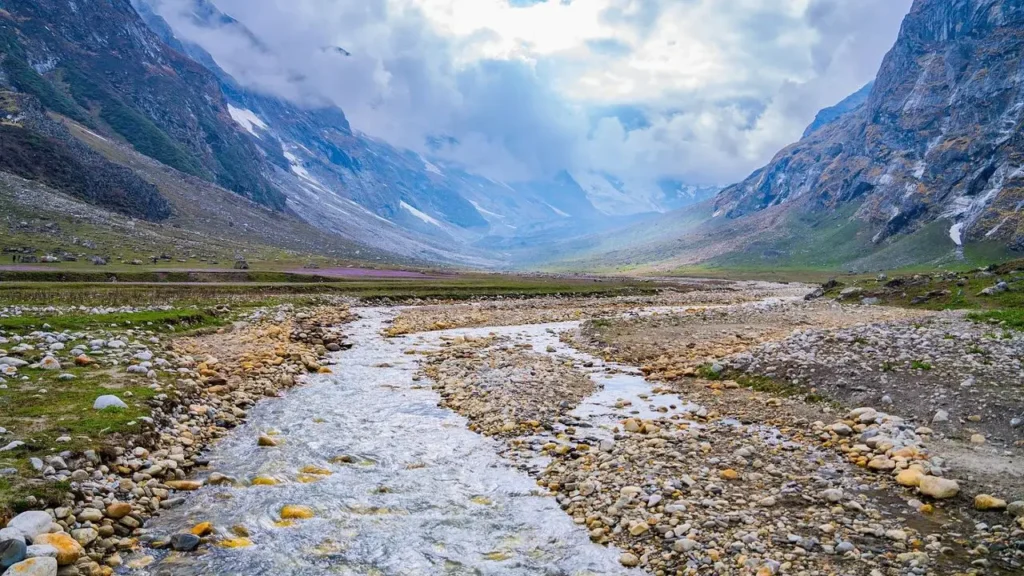Explore Nepal’s 97 New Peaks – What You Need to Know
Nepal, world-renowned for its towering Himalayan giants and rich mountaineering heritage, has just taken a major step to transform the climbing landscape. In a landmark move, the Nepalese government announced the opening of 97 remote peaks for free climbing by waiving permit fees for two years, effective from August 2025 through mid-2027. This bold initiative aims to reduce congestion on iconic peaks such as Everest, promote tourism in underdeveloped western provinces, and provide fresh opportunities for climbers worldwide.
Here you will find every interesting detail about these peaks, access, safety, and what this means for climbers.

Photo: PRAKASH MATHEMA/AFP
Table of contents
Background: Why This Initiative?
The Initiative: What’s Being Opened and When?
What Does “Free Climbing” Mean Here?
Key Peaks Included
Practical Information for Climbers: A Guide to Exploring Nepal’s Remote Peaks
Safety and Environmental Considerations
Expert Views and Outlook
Conclusion
Background: Why This Initiative?
For decades, Nepal’s mountaineering industry has been dominated by a handful of famous peaks, including Everest, Annapurna, and Manaslu. These mountains draw thousands of climbers every year, causing:
- Severe overcrowding during peak seasons
- Increased environmental degradation
- Safety risks due to crowding and strain on rescue resources
- Economic benefits that are concentrated in a few well-known regions
Recognizing these challenges, Nepal’s Ministry of Culture, Tourism and Civil Aviation, in partnership with the Department of Tourism, devised a strategy to diversify mountaineering tourism by opening up lesser-known, remote mountains, mainly in the western provinces of Karnali and Sudurpashchim.
The goal is to:
- Encourage climbers to explore new peaks, spreading tourist flows more evenly
- Boost economic activity and infrastructure development in less-visited, remote communities
- Promote sustainable and responsible tourism to protect fragile environments
- Reduce overcrowding and environmental pressures on traditional climbing hotspots
The Initiative: What’s Being Opened and When?
Number of Peaks: 97 previously restricted peaks, ranging in height from 5,870 to 7,132 meters.
Location: Primarily in Karnali Province (77 peaks) and Sudurpashchim Province (20 peaks) – two of Nepal’s most remote and least developed regions.
Effective Period: The two-year royalty exemption started in August 2025 and will continue through mid-2027. During this time, climbers are exempt from paying climbing permit fees (royalties) for these peaks.
Post-Exemption: After mid-2027, the government may reinstate fees or adjust policies based on the initiative’s outcomes.
What Does “Free Climbing” Mean Here?
Permit Fees Waived: Normally, climbers pay significant fees to obtain permits for Nepali peaks – these can run into thousands of dollars per expedition depending on peak height. Under this initiative, for the 97 peaks, these permit fees are temporarily waived for two years.
Permits Still Required: Despite fee waivers, climbers must still apply for official permits and register expeditions through Nepal’s Department of Tourism and local district authorities. This ensures regulation, safety oversight, and environmental monitoring.
Guide and Porter Regulations: Hiring licensed local guides and porters remains strongly recommended, often mandatory, both for climber safety and local economic benefits.
Key Peaks Included
Among the 97 newly accessible peaks, several stand out due to their height, technical difficulty, and appeal to climbers seeking fresh challenges. Api, at 7,132 meters, is the highest peak in the region and is known for its steep, technical climbs that attract experienced mountaineers. Saipal, reaching 7,031 meters, offers a similarly challenging ascent with demanding routes through pristine terrain. Kanjiroba, at 6,883 meters, is a popular trekking peak that provides moderate technical difficulty combined with breathtaking views, making it accessible to intermediate climbers. Another notable mountain is Churen Himal, soaring to 7,371 meters, which remains remote and seldom climbed, offering solitude and pristine landscapes for explorers seeking off-the-beaten-path adventures. Together, these peaks exemplify the diverse climbing opportunities now available in Nepal’s far-western provinces.

Practical Information for Climbers: A Guide to Exploring Nepal’s Remote Peaks
If you’re dreaming of climbing one of these newly opened remote peaks in Nepal, preparation is key. Your journey typically begins in Kathmandu, Nepal’s bustling capital and main gateway for international travelers. From there, you’ll take domestic flights to regional hubs like Nepalgunj or Surkhet, or alternatively, embark on long jeep rides over rough, mountainous roads that lead deeper into the western provinces of Karnali and Sudurpashchim.
Keep in mind that these regions are still quite remote, so once you reach the nearest town or village, expect to trek for several days through rugged, often steep terrain before reaching the base camp of your chosen peak. This part of the journey usually requires the help of local porters and guides who know the trails and can assist with carrying your gear safely through challenging paths.
Timing your expedition is crucial. The best seasons to climb these peaks are during the pre-monsoon months from March to early June and the post-monsoon period from September to November, when the weather is generally stable, and skies are clear. Avoid the monsoon season, as heavy rains and landslides make trekking hazardous, and winter months can bring extreme cold and heavy snow that complicate climbing efforts.
Respecting the rich culture and traditions of the Karnali and Sudurpashchim regions is equally important. These areas are home to diverse ethnic groups with deep-rooted customs, and visitors are encouraged to honor local practices and support village economies through responsible tourism.
Safety and Environmental Considerations
Challenges
- Limited Infrastructure: Remote regions mean limited access to medical care, rescue services, and communication networks.
- High Risk: Unmarked routes and lack of rescue facilities mean only well-prepared, experienced climbers should attempt technical ascents.
- Weather Hazards: Sudden storms, avalanches, and rockfall are common in these rugged mountains.
Preparation
- Carry satellite phones or emergency beacons due to patchy mobile coverage.
- Bring comprehensive first aid kits, GPS, and ample supplies for isolation or delays.
- Hire experienced local guides familiar with terrain and weather.
- Follow strict waste management practices to preserve fragile ecosystems.
Expert Views and Outlook
Mountaineering experts see Nepal’s decision to open these 97 remote peaks as a forward-thinking and necessary step. Many applaud the government’s effort to alleviate overcrowding on the country’s most famous mountains while spreading tourism benefits to less-explored regions. However, seasoned climbers and industry professionals emphasize that the success of this ambitious initiative will depend heavily on Nepal’s ability to build up local infrastructure, improve rescue and medical facilities, and offer proper training and certification for guides and porters.
Experts also stress the importance of sustainable tourism practices. Without careful management, an influx of climbers could strain fragile ecosystems and disrupt local cultures. But with thoughtful policies and community involvement, these new peaks could become shining examples of how adventure tourism and environmental stewardship can go hand in hand. If these challenges are addressed, Nepal could redefine its mountaineering industry and offer climbers a truly unique experience far from the crowded trails of Everest and Annapurna.
Conclusion
For climbers looking for fresh adventures and uncharted challenges, Nepal’s opening of these 97 remote peaks represents an exciting new frontier. The waived permit fees through mid-2027 make it an especially attractive time to plan expeditions to these spectacular, rugged mountains in the far-western provinces. Yet, this opportunity also demands thorough preparation, respect for local communities, and a strong commitment to safety and environmental responsibility.
This initiative has the potential not only to reshape Nepal’s mountaineering map but also to bring economic vitality and sustainable growth to remote communities that have long awaited such attention. For those willing to embrace the challenges of these lesser-known peaks, the rewards promise to be extraordinary – both on the mountain and beyond.
